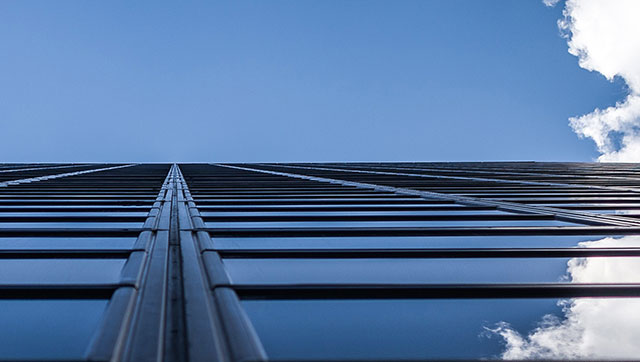COPYTIGHT © 2018 Zibo Badou Refractory Co.,Ltd
Insulation refractory properties and classification
Insulating refractory material refers to refractory material with high porosity, low bulk density and low thermal conductivity. Insulation refractory material is also called lightweight refractory material. It includes insulating refractory products, refractory bricks, refractory fibers and refractory fiber products.
Insulating refractories are characterized by high porosity, generally 40% to 85%; low bulk density, generally less than 1.5g/cm3; low thermal conductivity, generally less than 1.0W (m·k). The thermal insulation material of the industrial kiln can reduce the heat loss of the kiln, save energy and reduce the weight of the thermal equipment. The mechanical strength, wear resistance and slag corrosion resistance of the insulating refractory material are poor, and it is not suitable for the furnace. The load-bearing structure of the kiln and direct contact with slag, charge, molten metal and other parts.
Insulation refractory products
Insulating refractory products refer to refractory products with a porosity of not less than 45%. There are many types of insulating refractory products. The classification methods are mainly as follows:
(1) According to the use temperature, it is divided into low-temperature insulation refractory material (use temperature is 600-900 °C), medium-temperature insulation refractory material (use temperature is 900-1200 °C) and high-temperature insulation refractory material (use temperature is greater than 1200) °C).
(2) According to the bulk density, it is divided into general lightweight refractory materials (bulk density 0.4~1.0g/cm3) and ultra-low lightweight refractories (bulk density less than 0.4g/cm3).
(3) According to the raw materials, it is divided into clay, high alumina, siliceous and magnesia.
(4) According to the production method, it is divided into heat-insulating refractories such as burn-in method, foam method, chemical method and porous material method.
(5) According to the shape of the product, it is divided into fixed heat insulation refractory products and amorphous heat insulation products.
Insulating refractory products and dense refractory products are different. The main methods are burnt-in addition method, foam method, chemical method and porous material method:
(1) Burning-in addition method. This method puts flammable or sublimable additives such as sawdust into the mud. It is uniformly mixed and then formed by extrusion, semi-dry or mud casting, drying and firing. The combustible or sublimable additive burns off during the firing process, leaving empty holes and becoming an insulating refractory product.
(2) Foam method. The method is to put the foaming agent into a foaming machine and add water to stir to prepare a fine and uniform foam. Then the foam is added into the mud and stirred into a foam slurry, injected into the model, dried together with the model, and demolded. , at 1320 ° C ~ 1380 ° C (for high-aluminum insulation refractory bricks) under the firing, after processing and shaping into products.
(3) Chemical method. It is a method for obtaining a porous brick by using a chemical reaction to generate a gas in a brick making process. Chemical reactions such as carbonates and acids, metal powders, caustic and aluminum powders are usually utilized. The chemical reaction that can be utilized must be relatively slow and controllable, otherwise the mechanically disturbed bubbles disappear when poured into the mold. If the reaction is too fast, inhibitors such as hydrogen peroxide and manganese dioxide can be added. In the fine powder raw material slurry The reactants in which the bubbles are generated are obtained as stable foam slurry, injected into the model, dried and then fired. This method produces pure oxide heat-insulating refractory products, and the porosity thereof can reach 55% to 75%.
(4) Porous material method. This method uses natural light materials such as expanded perlite, expanded vermiculite and diatomaceous earth. It is made from various hollow spheres manufactured by hand, and a certain binder is added to mix, form and dry. And heat-resistant refractory products are produced by processes such as firing.

